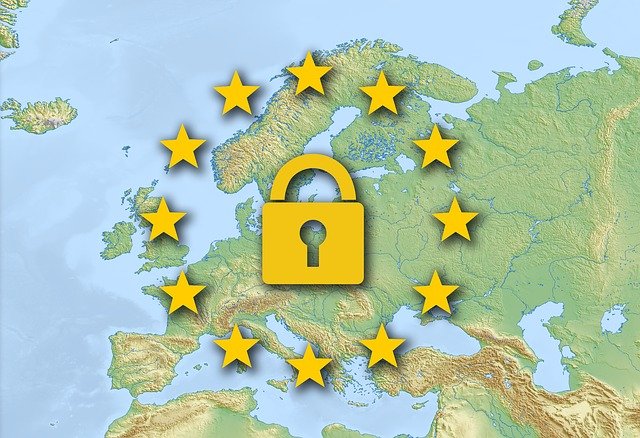EU’S GDPR online privacy laws have been viewed as a timely measure by most. This aside, companies around the globe are scrambling to ensure compliance.
There is one problem, however. This process takes time and finances. This makes it impossible for all companies to institute all the changes simultaneously.
Unfortunately, non-compliance has resulted in some users being geo-blocked from non GDPR compliant websites.
If you are facing this, there are indeed some simple ways to avoid or bypass the geo-block.
What Is Geo-blocking?

Geo-blocking is the process of blocking traffic from users of a specified geographical location.
When you attempt to enter a geo-blocked website, it’s likely to give the error: “this content is not available in your location.”
Your IP address usually determines these locations.
GDPR Block
On the surface, GDPR is positive in matters of cybersecurity. However, people residing in Europe are also realizing that GDPR has significantly reduced their online freedoms.
Once the GDPR came into effect, numerous companies chose to cut services instead of risking a violation of GDPR rules-and the accompanying penalties.
The result? EU users are nor blocked from accessing these sites.
This comes after the realization that one can now nor access certain websites.
In this particular instance, websites that have chosen to pull out have restricted access by blocking all EU IP addresses.
This blanket restriction works by automatically blocking any traffic from Europe.
Is It Possible to By-Pass the GDPR Block?
Yes, you can.
GDPR blocking works much like entertainment apps, and streaming companies can be bypassed by users.
This is done by hiding one’s IP address. Once you do this, you replace it with one from a country that is not geo-blocked from the sites you want to access.
To Bypass GDPR, you would need to mask your ID by replacing it with an IP address outside Europe.
This is where proxies and Virtual Private Network (VPN) come into play.
Hiding Location through a Proxy
When accessing a site through a proxy, the proxy redirects traffic via a proxy server. The websites you visit, see the IP of the proxy’s server, not your IP.
There are free proxies you can use for this. However, most free options also add trackers that monitor your online behavior.
While you can access GDPR blocked sites, your information is laid bare to the proxy server. This makes your online security a concern.
Hiding Location Using the Onion Router
Also known Tor, this option would serve well in bypass GDPR. Tor is a network that passes your date over several nodes before directing it to the intended destination.
As such, the last node’s IP address is what is seen on the website you are visiting.
This does not come without a downside, however. Because the information has to skip through several nodes, this slows down the connection.
Again, while Tor is assumed to be more reliable than a proxy, it only covers your browsing history. Your torrent activity is exempt.
Hiding Location through VPN
A VPN encrypts your traffic and changes your location as well.
A proxy only masks traffic sent from your browser. In addition to this, actions on other apps on your device do not have these protections. This means that if you download content from sites such as Bit Torrent, this traffic does not go through your proxy server either.
On the other hand, a good VPN will cover all your online activities and protect you on unsecured networks like public Wi-Fi. These are protection a proxy does not deliver.

